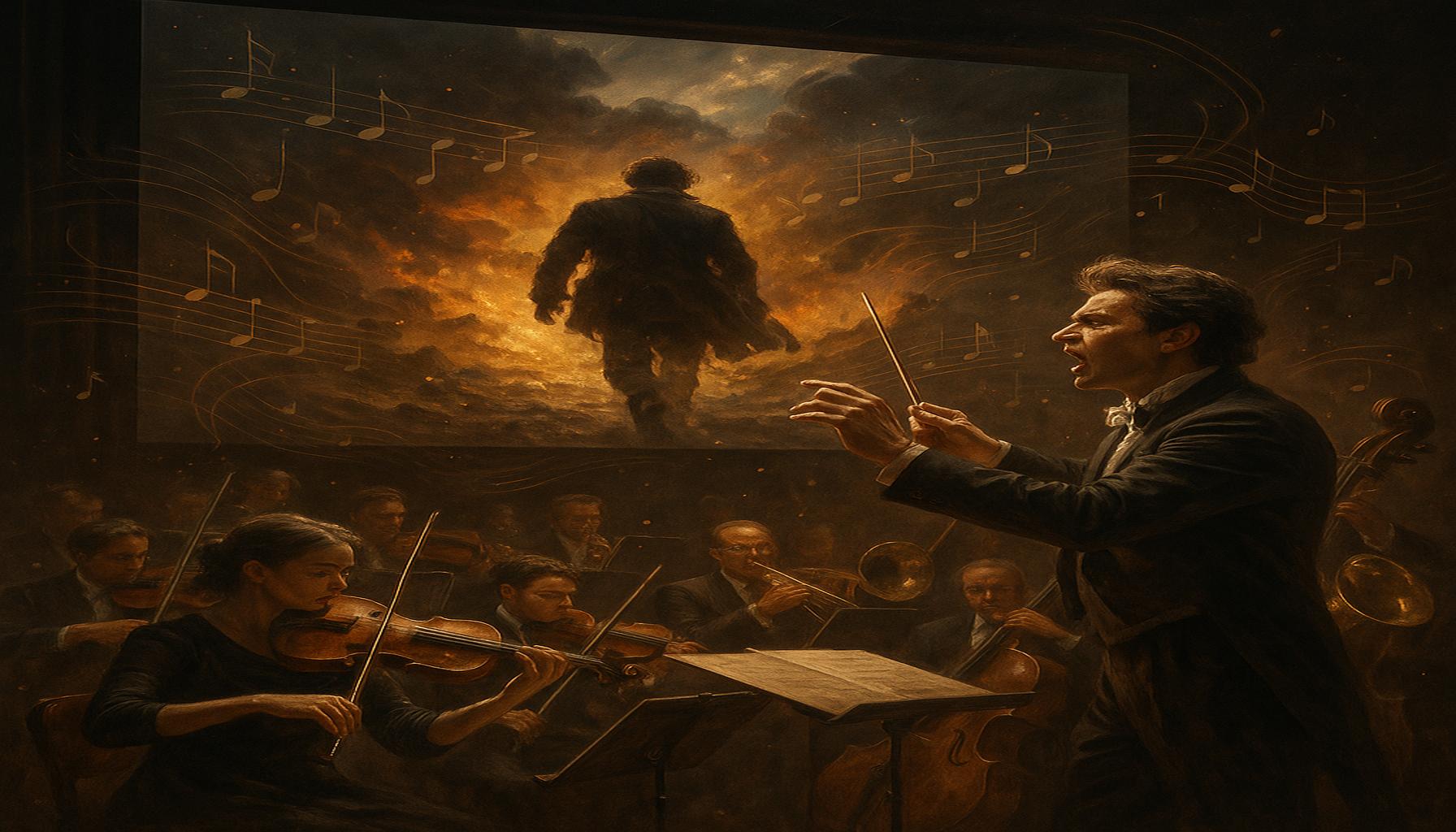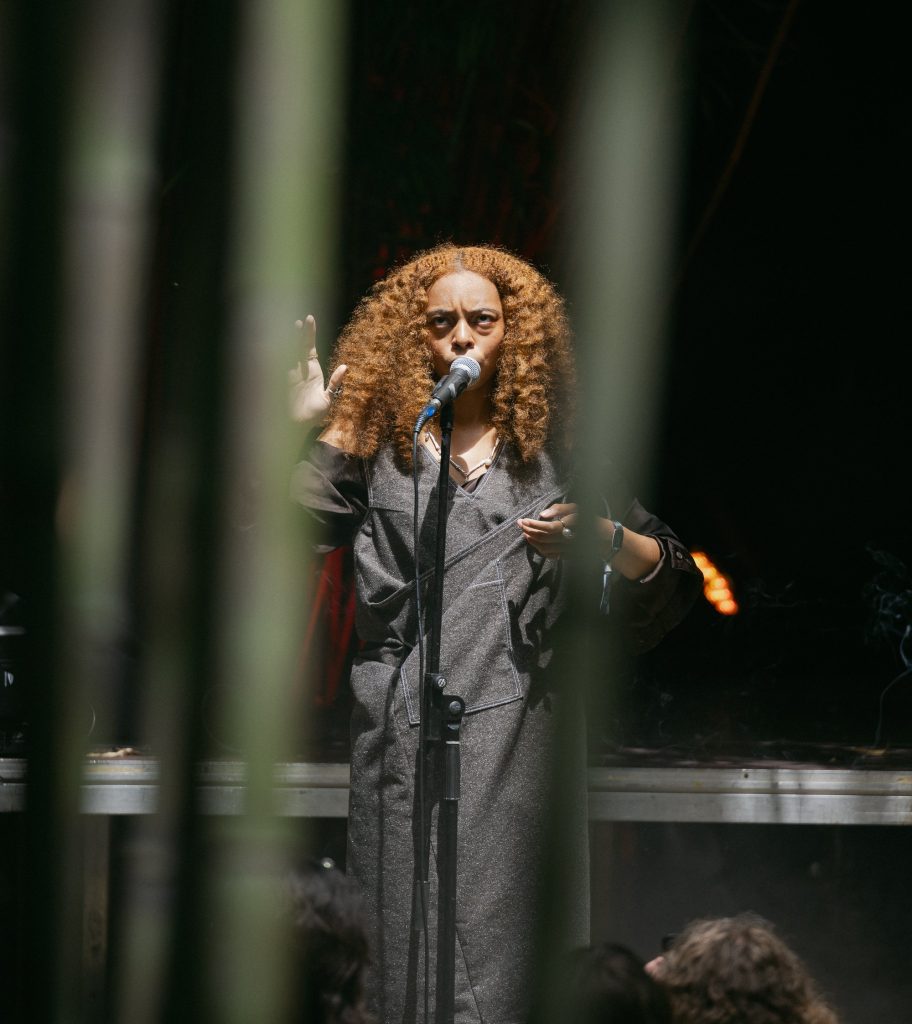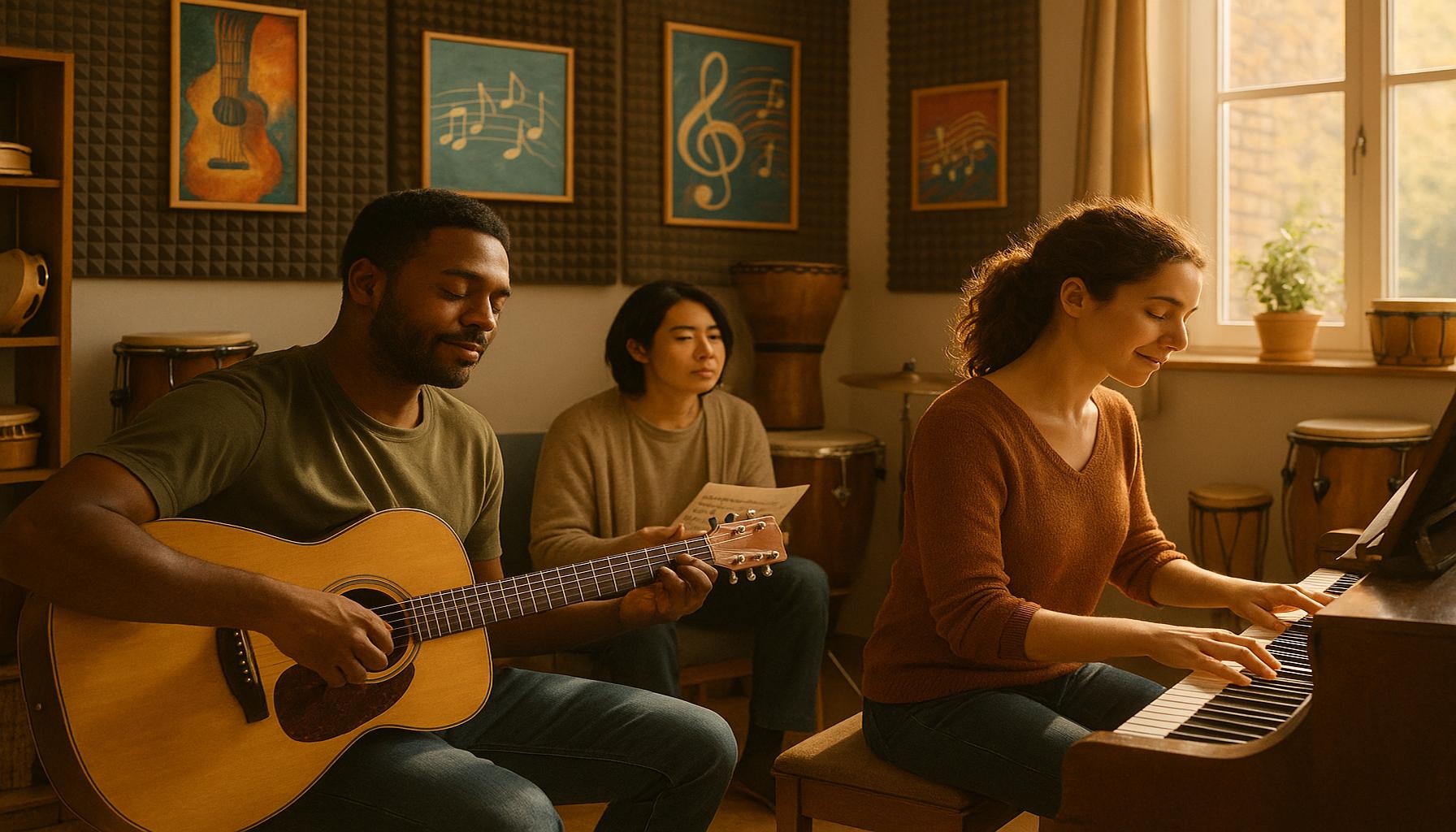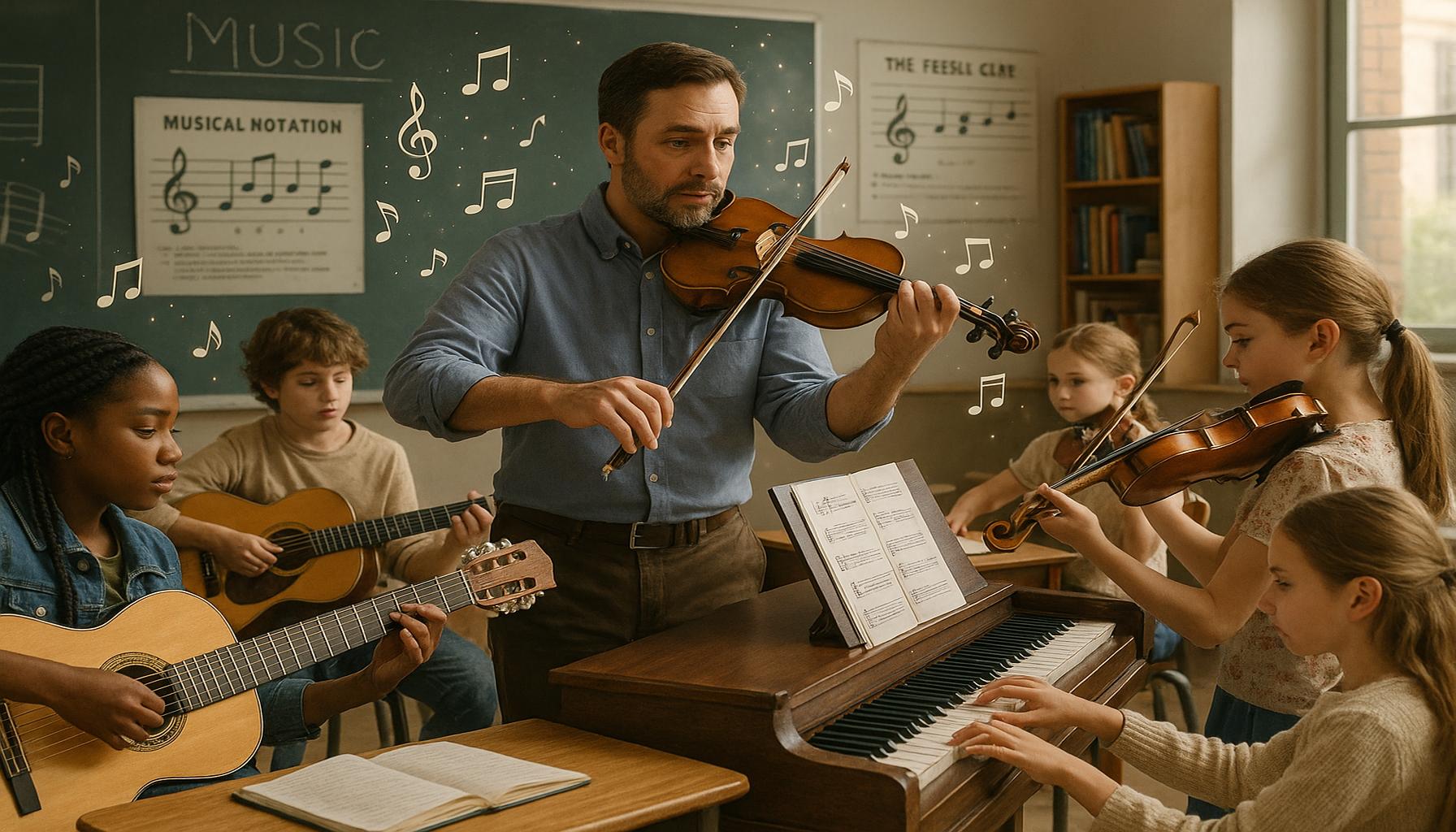The Role of Music in Cinematic Narrative: How Soundtracks Transform Audiovisual Experiences

The Role of Music in Film
Music serves as an invisible thread that weaves emotional depth into cinematic narratives. It enhances storytelling by influencing viewer perception and intensifying the allure of key moments. Whether it’s a soaring score that elevates a climactic scene or a subtle melody that underscores a character’s introspection, the role of soundtracks cannot be overstated.
Consider the following key aspects of how music transforms audiovisual experiences:
- Emotional Resonance: Music evokes feelings, drawing viewers deeper into the narrative. For instance, the gradual build-up of tension as strings swell can signal approaching danger, amplifying our emotional engagement. A poignant example is the score from Schindler’s List, composed by John Williams, which profoundly elicits sorrow and reflection through its haunting melodies. These auditory cues allow us to connect with the characters’ journeys on a visceral level.
- Character Development: Themes associated with specific characters can signify their growth or struggles. Consider the iconic motif for Darth Vader in Star Wars. The ominous brass notes repeatedly played throughout the trilogy not only establish his presence but also signify his complex transformation from hero to villain. This thematic consistency aids in character progression, giving the audience musical markers of change that enhance narrative depth.
- Pacing and Tension: Soundtracks control the rhythm of a scene, building suspense or providing relief when needed. Well-timed crescendos can lead to a heart-stopping moment, as seen in thrillers like Psycho, where the infamous shower scene is punctuated by shrieking violins that provoke sheer terror. Conversely, softer scores in quieter moments offer a breather, allowing the audience to process emotions without overwhelming them.
Iconic examples abound in film history, showcasing the profound impact of music. Think of the powerful strings of Schindler’s List, where every note signifies heartbreak and hope. The triumphant crescendos of Star Wars evoke feelings of adventure and heroism, while the nostalgic notes of The Great Gatsby transport audiences to the opulence of the Jazz Age, all underscored by a contemporary soundtrack that connects the past with the present.
As audiences, we often underestimate this crucial element in storytelling. The right soundtrack not only enhances the audiovisual experience but also transforms our engagement with the story at hand. Music captivates our attention and shapes our understanding of the narrative, reminding us that a film is not just a visual medium but an auditory journey as well. Dive deeper into the significance of music in cinema and discover how it shapes our emotional landscape, inviting listeners to explore the intersection of sound and story in transformative ways.
DISCOVER MORE: Click here to learn how art can enhance mental well-being

Crafting Atmosphere: The Soundtrack’s Role in World-Building
Beyond emotional resonance and character development, music plays an equally significant role in world-building, immersing viewers in the setting of the film. The choices made by composers establish not only the temporal and geographic context but also elicit a sense of authenticity that can elevate the narrative experience. A remarkable example is found in Inception, where Hans Zimmer’s score intertwines with the film’s dreamlike visuals to create an atmosphere of unease and wonder. The pulsating rhythms mirror the tension and unpredictability of dreams, effectively transporting audiences into a layered reality where the lines between dream and reality blur.
Furthermore, music can convey cultural and historical contexts through specific instrumentation or styles. When we listen to the traditional instruments of an Irish jig in P.S. I Love You, we not only hear melodies that reflect the characters’ heritage but also feel the warmth of nostalgia and belonging, allowing us to engage more deeply with their journey. Similarly, the use of hip-hop influences in films like Black Panther not only aligns with the contemporary setting but serves to celebrate African culture, enriching the overall narrative.
Here are a few ways soundtracks contribute to world-building in cinematic narratives:
- Setting the Mood: The type of music used can instantly set the mood for a scene. A haunting piano melody can envelop a suspenseful moment, while upbeat pop can enhance feelings of exuberance during a celebration.
- Creating Immersion: Music can function as a backdrop that heightens the sensory experience of the film, making the audience feel they are part of the story. In Avatar, James Horner’s score accompanies visual spectacles that transform the lush, alien world into a vivid, enveloping environment.
- Symbolism and Significance: Certain musical motifs can take on symbolic meanings throughout a film. In The Lion King, the recurring theme of “Circle of Life” conveys themes of continuity and interconnectedness, reinforcing the narrative’s core messages about family and legacy.
The impact of soundtracks on a film’s world-building cannot be overstated. Musicians and composers have the formidable task of crafting a score that not only complements the visual elements but also enhances the thematic essence of the narrative. The subtleties in tempo, harmony, and instrumentation resonate with audiences more deeply than mere visuals can convey, ultimately creating a richer and more engaging storytelling experience. As we continue to explore the transformative effect of soundtracks, it becomes apparent that music is not merely an accessory in cinematic narratives but a foundational element that shapes the very essence of storytelling itself.
The impact of music on cinematic narratives extends beyond mere background noise; it plays a pivotal role in shaping emotional responses and enhancing storytelling. When a film’s score aligns seamlessly with the visual elements, it creates a multi-dimensional experience that can profoundly affect how viewers engage with the story. For instance, a suspenseful soundtrack can amplify tension just before a climactic scene, while a tender melody can evoke feelings of nostalgia and warmth during intimate moments. Moreover, composers often use thematic motifs that represent specific characters or ideas, weaving musical identity into the very fabric of the film.
One noteworthy example is the work of composer Hans Zimmer, whose scores for films like “Inception” and “The Lion King” have become iconic in their ability to transcend the screen. Zimmer’s use of dynamic shifts in his compositions mirrors the character arcs and narrative progression, demonstrating how sound can act as a storytelling device in its own right. Additionally, directors collaborate closely with composers to ensure that the soundtracks enrich the narrative structure, making the film a more cohesive visual and auditory experience.
Furthermore, the cultural relevance of scores cannot be overlooked. Soundtracks often incorporate cultural themes that resonate on a deeper level with the audience, bridging gaps across different backgrounds. The use of traditional melodies or innovative soundscapes can elevate a film’s connection to its audience, making the overall experience more immersive and relatable. As the integration of music into cinematic storytelling continues to evolve, it remains essential for filmmakers to explore innovative approaches that enhance the emotional landscape of their narratives.
DISCOVER MORE: Click here to learn about the evolution of crafting
Enhancing Narrative Structure: The Soundtrack as a Storytelling Device
While the visual aspects of film often capture the initial attention of audiences, it is the soundtrack that can profoundly enhance the narrative structure. Music serves as a powerful storytelling device that not only underscores the emotional landscape but also propels the plot forward. The juxtaposition of visuals and sound can create a dynamic interplay that reveals deeper layers of meaning, using melodies and harmonies to convey elements of character motivations, plot twists, and thematic resonance.
One of the most effective ways soundtracks accomplish this is through the use of leitmotifs, which are recurring musical themes associated with particular characters or ideas. A classic example can be found in John Williams’ score for the original Star Wars trilogy. The “Imperial March,” associated with Darth Vader, encapsulates the character’s ominous presence, acting as both a harbinger of conflict and a reminder of the overarching battle between good and evil. Each time this motif is played, it not only evokes a visceral reaction from audiences but also reinforces the dramatic tension that is unfolding on-screen.
Furthermore, music can also serve to create narrative contrasts that heighten storytelling. A scene might be visually intense, yet accompanied by a serene, melodic score that invites viewers to consider the underlying complexities of the moment. For instance, in the critically acclaimed film Schindler’s List, John Williams’ haunting violin theme accentuates the harrowing realities of the Holocaust while also presenting a glimmer of hope amidst despair. This contrast enhances the emotional weight of the narrative, inviting the audience to grapple with the film’s profound themes of humanity and redemption.
Soundtracks also have the unique ability to establish foreshadowing through musical cues that hint at future developments within the story. If certain motifs are introduced early in the film, they can reappear in key moments to draw connections that may not be immediately apparent. This technique engages audiences in a more interactive form of storytelling, prompting them to reflect on earlier scenes and their relationships to the present narrative. Christopher Nolan’s Batman Begins demonstrates this through the repeated use of specific themes that parallel Bruce Wayne’s journey from trauma to heroism, weaving his psychological growth into the fabric of the film’s score.
The way music acts as an emotional barometer throughout the film cannot be overlooked either. The tonal choices made in the soundtrack can subtly influence audience perceptions of characters and their arcs, making them feel more connected or repulsed by their actions. A perfect illustration is the romantic soundscapes crafted by composer Howard Shore in The Lord of the Rings, where lush themes signify hope and unity, reinforcing the emotional resolve of diverse characters banding together against great evil.
As we delve deeper into how soundtracks interact with visual storytelling, it becomes increasingly clear that music is much more than an accompaniment; it is a pivotal element that shapes and transforms the cinematic narrative. Through the innovative use of themes, contrasts, and emotional palettes, soundtracks do not just support storylines; they are instrumental in forging an immersive experience, inviting audiences to engage with films on both intellectual and emotional levels.
DISCOVER MORE: Click here to unlock the secrets of musical collaboration
Conclusion: The Transformative Power of Music in Film
In summary, the integral role of music in cinematic narrative highlights its power to shape and elevate the viewer’s experience far beyond mere background sound. With its ability to enhance emotional depth, amplify character development, and create intricate narrative layers, the soundtrack serves not only as a complementary element but as a crucial storytelling device in film. Through techniques such as leitmotifs and narrative contrasts, composers craft soundscapes that guide audience responses and deepen engagement, prompting viewers to reflect on the nuances of each scene.
The evocative soundtracks of iconic films—be it Elmer Bernstein’s score for The Magnificent Seven or Hans Zimmer’s sweeping compositions for Inception—not only resonate with audiences but also expand the emotional and thematic dimensions of their respective narratives. By uniquely interweaving music into the fabric of storytelling, filmmakers invite viewers into a rich, immersive experience that transcends the visual alone. Additionally, as cinema continues to evolve, the innovation in sound design and musical storytelling remains an area ripe for exploration and creativity. As audiences grow more discerning, the conversation around how soundtracks influence and transform narratives will only deepen, urging both creators and scholars alike to examine the profound impact of music on visual storytelling.
Ultimately, the harmonies and rhythms we hear on screen shape our understanding of the characters, plots, and themes that define our cinematic experience. For anyone keen to explore this captivating intersection of sound and story, analyzing film scores is a journey into the heart of what makes the audiovisual experience truly transformative.


